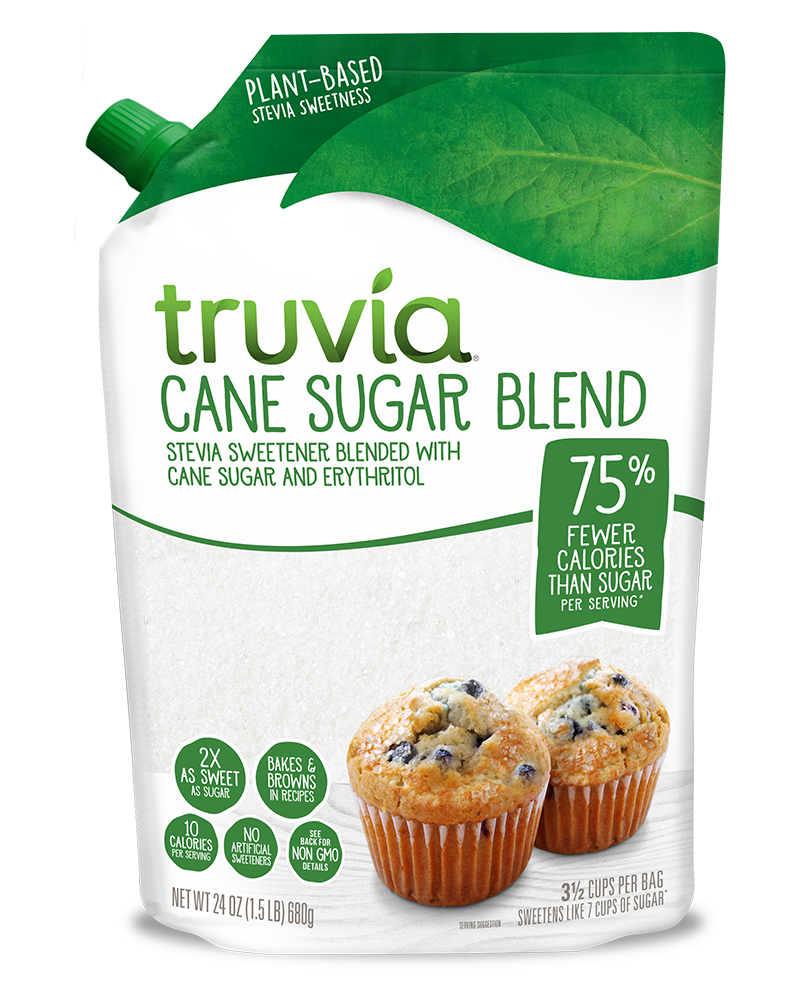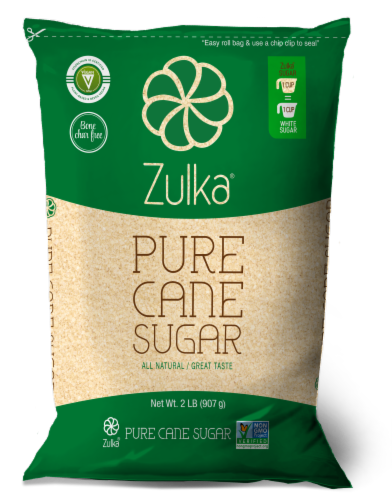Cane Sugar Processing: From Area to Table-- A Step-by-Step Guide
Checking Out the Comprehensive Tips Entailed in Walking Cane Sugar Processing From Collecting to Improvement
The process of walking cane sugar manufacturing incorporates a collection of complex actions, starting with the careful harvesting of sugarcane and finishing in the refinement stages that ensure the last item fulfills market requirements. Each phase, from the extraction of juice to the purification and formation procedures, plays a vital duty in establishing the top quality and personality of the sugar.
Collecting Sugarcane
Collecting sugarcane is an essential action in the cane sugar handling chain, as it directly affects the high quality and return of the final product. Correct timing and techniques are necessary throughout this stage to make certain optimal sugar content and reduce losses. Normally, sugarcane is gathered when it gets to maturity, generally 12 to 18 months after growing, defined by a high sucrose concentration.

Post-harvest, the sugarcane should be processed swiftly to avoid sucrose destruction. Ideally, collected walking cane must be moved to processing facilities within 24 hr to protect sugar high quality. For that reason, reliable logistical preparation is critical to maintain the stability of the harvested crop throughout the supply chain.
Extraction Process

The smashed walking stick goes through a series of pressing operations to make the most of juice recovery. Usually, warm water is sprayed onto the crushed cane, developing a countercurrent circulation that assists dissolve the sugar while also assisting in the extraction process. The juice accumulated from this procedure includes not only sugar yet additionally numerous organic compounds and contaminations.

To enhance extraction effectiveness, some facilities may utilize diffusion approaches, where the sugarcane is soaked in warm water, allowing the soluble sugars to diffuse into the liquid. The resulting juice, rich in sucrose, is then guided to subsequent processing stages, laying the foundation for purification and refinement. The removal process is thus critical in identifying the high quality and return of the last sugar product.
Purification Methods
The purification techniques employed in cane sugar processing are crucial for changing the raw juice right into a high-quality sugar item. These approaches largely intend to get rid of contaminations, such as dirt, plant materials, and inorganic materials, which can detrimentally affect the last item's taste and color.
One of one of the most common filtration strategies is best site information. This process involves adding lime and warmth to the raw juice, which promotes the coagulation of contaminations. The resulting precipitate is then removed via sedimentation or purification, generating a more clear juice. In addition, the usage of phosphoric acid can improve the information process by further binding pollutants.
One more considerable method is carbonatation, where co2 is presented to the clarified juice. This response produces calcium carbonate, which records staying impurities and advertises their removal.
Moreover, activated carbon therapy may be put on adsorb any type of continuing to be colorants and organic contaminations, making sure a more polished product. The mix of these methods successfully prepares the sugar juice for subsequent steps in the refining procedure, setting the phase for the manufacturing of high-grade cane sugar.
Formation Methods
After the purification stage, the following critical step in cane sugar processing entails formation techniques, which play an essential duty in changing the cleared up juice right into strong sugar. This process normally employs two key methods: spontaneous condensation and regulated formation.
In spontaneous crystallization, supersaturated sugar solutions are allowed to cool naturally, leading to the formation of sugar crystals over time. This method allows for the uniform development of sugar crystals and greater pureness.
Throughout crystallization, the clarified juice is focused via dissipation, boosting its sugar material till it gets to supersaturation. Once this point is achieved, either approach can assist in the formation process. Cane Sugar Processing. The resultant sugar crystals This Site are then divided from the remaining syrup through centrifugation
Eventually, the selection of condensation method impacts the top quality, dimension, and pureness of the final sugar item, making this action necessary in the general cane sugar handling treatment.
Refinement and Product Packaging
Exactly how can the purity and top quality of walking cane sugar be even more boosted after condensation? The improvement procedure plays an important role in attaining top notch walking stick sugar. Adhering to condensation, sugar undergoes a complete cleaning to remove contaminations and residual molasses. This is typically completed utilizing warm water or steam, which aids dissolve and remove unwanted aspects while preserving the sugar crystals.
Next, the sugar undergoes a process called centrifugation, where it is rotated at broadband to separate the detoxified sugar crystals from the remaining liquid. After centrifugation, the sugar is often additional refined with a method called carbonization or phosphatation, which uses turned on carbon or phosphoric acid to eliminate shade and off-flavors.
Once fine-tuned, the sugar is dried to achieve the desired dampness material, ensuring that it continues to be secure during storage and transportation. The last action involves packaging the refined sugar in closed and moisture-proof containers to keep its high quality and prevent contamination. Cane Sugar Processing. Proper packaging not only extends service life but additionally facilitates click here for more info easy handling and distribution, guaranteeing that consumers receive sugar that meets the highest requirements of pureness and high quality
Final Thought
The thorough actions associated with cane sugar handling, from the careful harvesting of sugarcane to the complex improvement and packaging stages, underscore the relevance of each stage in making certain high-grade sugar manufacturing. Optimum harvesting methods, reliable extraction methods, and strenuous filtration processes collectively add to the end product's pureness and stability. The formation and subsequent packaging methods even more improve the stability and rack life of the sugar, highlighting the intricacy and precision fundamental in this crucial farming market.
The procedure of walking stick sugar production incorporates a series of intricate actions, starting with the mindful harvesting of sugarcane and finishing in the refinement phases that make sure the final product fulfills sector criteria. Preferably, harvested walking cane must be carried to processing facilities within 24 hours to maintain sugar high quality.In spontaneous crystallization, supersaturated sugar remedies are enabled to cool normally, leading to the development of sugar crystals over time - Cane Sugar Processing. The refinement procedure plays a critical role in attaining high-grade walking stick sugar.The detailed steps entailed in walking stick sugar handling, from the precise harvesting of sugarcane to the intricate improvement and product packaging phases, underscore the value of each phase in making certain top notch sugar production